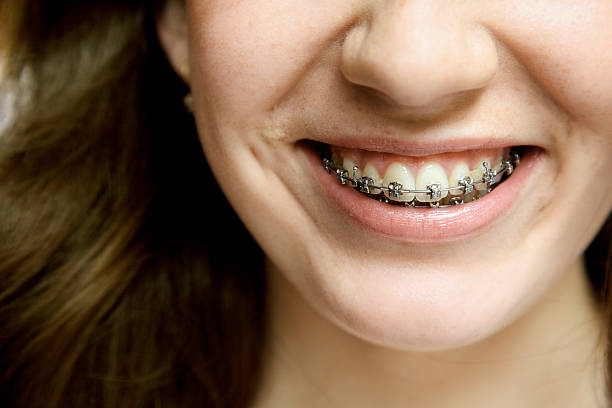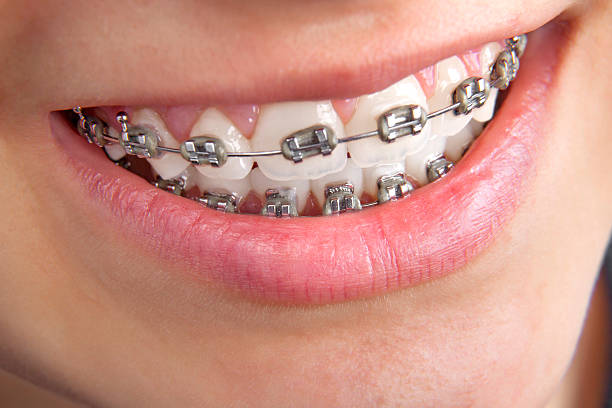Metal Braces




What are metal braces?
Bracelets made of metal
When you think about braces, you probably think of metal braces, which are the most frequent.
Metal braces are composed of high-quality stainless steel, and the wire is held together with rubber bands. Thankfully, metal braces are now thinner, more comfortable, and more attractive than in the past.
Heat-activated archwires, which use your body heat to move your teeth faster and with less discomfort, are now used in metal braces.
Pros: Metal braces are the least expensive option. The o-rings are also available in a range of colors, allowing youngsters to exhibit their individuality. Traditional braces are less costly and more effective than transparent braces or Invisalign aligners for treating extreme overcrowding. They allow your orthodontist to shift the teeth in modest amounts at a time.
Cons: They are the most visible of all braces. The primary downside of conventional braces is the look of a metal mouth. While less visible orthodontics like as Invisalign may appear to be a better alternative for people who are self-conscious about their looks, today’s braces are more aesthetically attractive than in the past, with a variety of color options for both the brackets and the elastics. Wearing these braces also eliminates the possibility of losing your aligners.

